The Ministry of Electronics and Information Technology (MeitY) will soon issue a policy aimed at promoting 3D printing on a large scale and assisting domestic companies in “overcoming technical and economic barriers” so that they can build supportive and ancillary facilities for world leaders in the technology, such as the United States and China.
Government officials said that the regulation will assist create a "conducive ecosystem for design, development, and deployment" of 3D printing and additive manufacturing.
“Additive manufacturing, where corporations manufacture customised goods for projects with highly particular criteria, such as lightweight equipment, is the most common kind of 3D printing and a sustainable industry around it. For the time being, our goal is to build around that requirement, according to a senior IT Ministry official.
A draught policy document on the subject will be sent out to specialists in the field soon to get their thoughts on the best course of action. According to the IT Ministry's predictions, the global market for additive manufacturing would reach $ 34.8 billion by 2024, rising at a compound annual growth rate of 23.2 percent.
3D printing, also known as additive manufacturing, is a method of creating prototypes or functional models of products by layering materials such as plastic, resin, thermoplastic, metal, fibre, or ceramic. The model to be printed is created by the computer using software, which then sends instructions to the 3D printer.
“There's not just manufacturing, but also design and software to consider. Both sides will be covered under the policy. In terms of software, we're ahead of the game. The plan is to build on it, according to the official.
The Central Government would also try to encourage market players to create worldwide bases for 3D manufacturing in India, while prohibiting the import of printed material for domestic needs, according to the draught policy.
“Any new technology that is difficult to comprehend has a difficult time gaining traction. There was a lot of resistance in our early conversations about whether this technology would cut into the occupations of highly-skilled individuals in the medical equipment or aerospace technology industries. “While 3D printing may not result in an increase in net employment, it is a technology that we can pursue,” the official said.



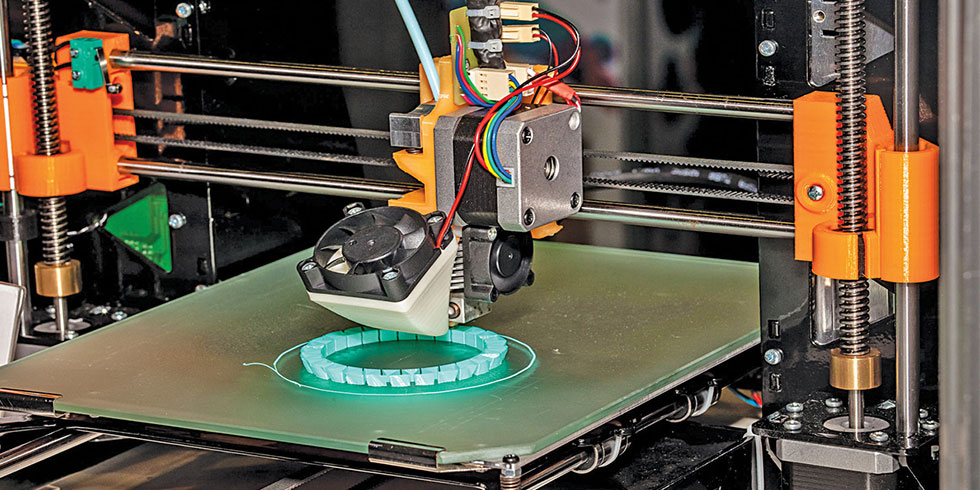
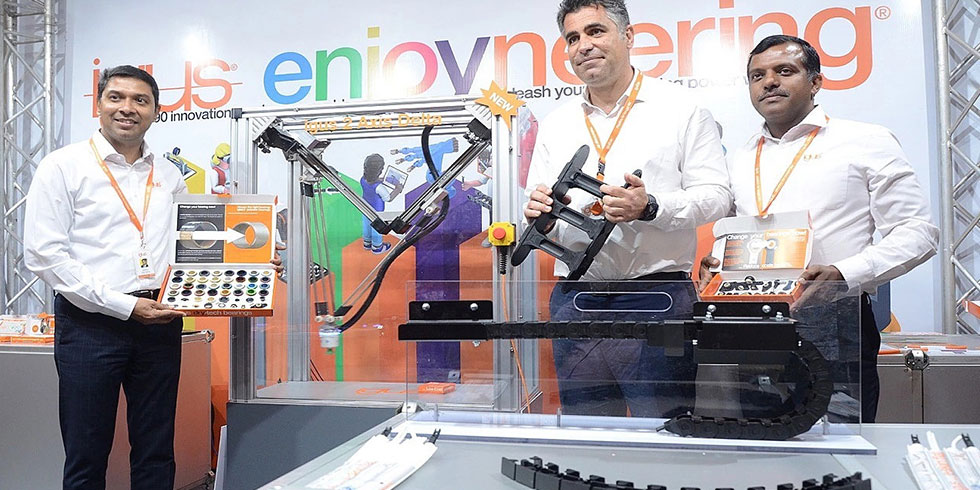
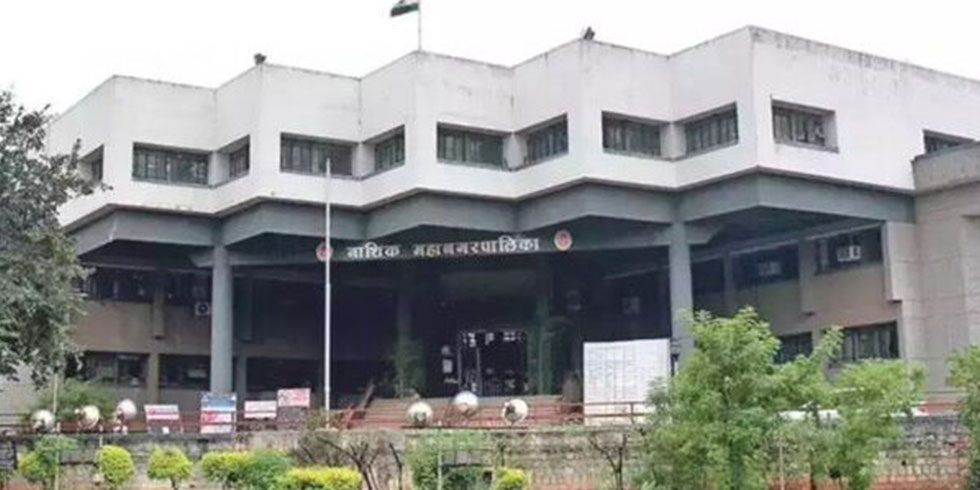
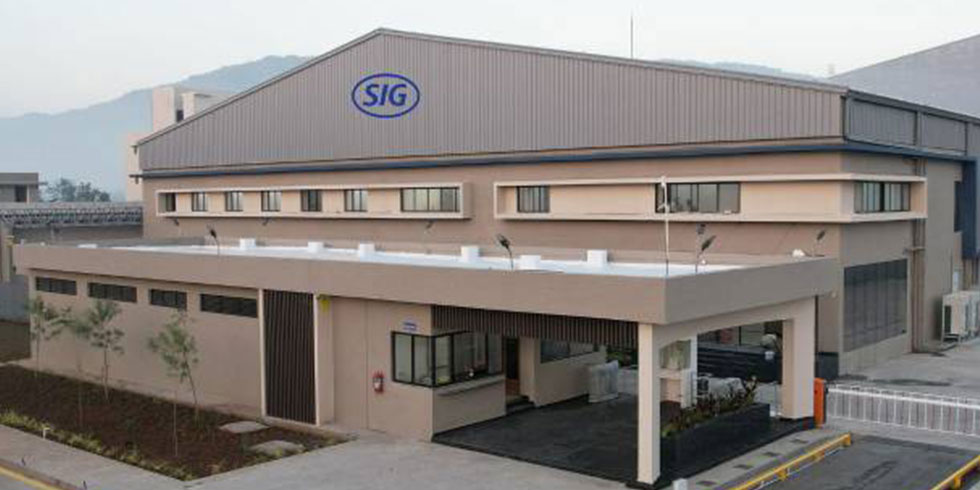
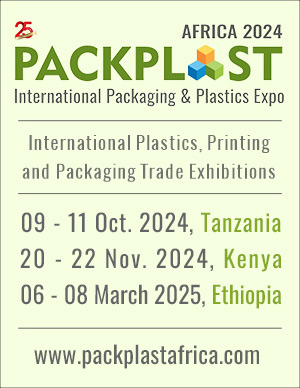
Add Comment